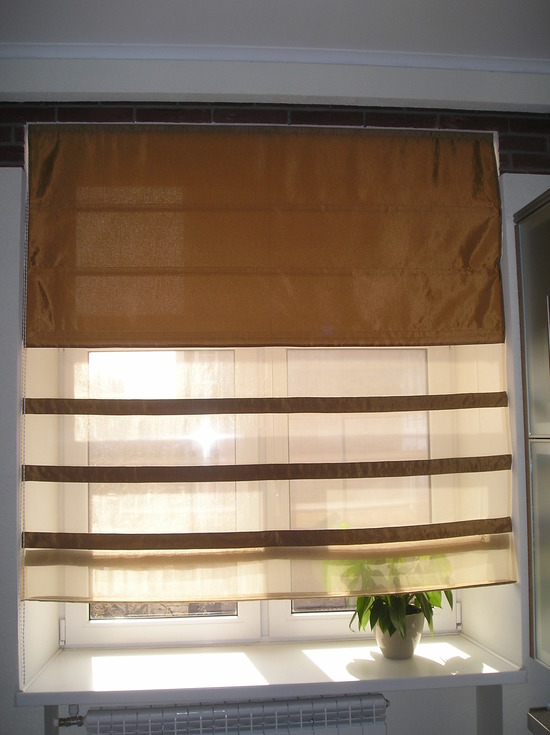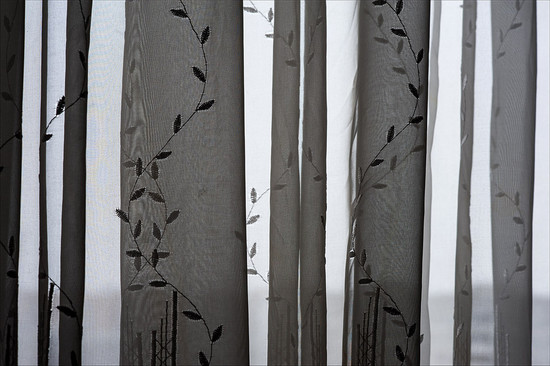Washing curtains: how to wash them correctly?
Any hostess is well aware that curtains are one of the main decorations of the house and catch the eye first of all. In order for textiles to always look dignified, they must be carefully and regularly looked after, which is not at all difficult to do at home today with a washing machine.
What is the basic care
Of course, ideally, curtains should not only be washed at home, but also periodically taken to dry cleaning, with which you can get rid of even the most persistent and corrosive dirt. You can do the same with curtains made of any material, because there are several types of dry cleaning today.
But if it is possible to resort to such a method only occasionally, then it is necessary to wash the curtains at home a little more often, because you have to breathe on them. Of course, if you periodically walk over the curtains with a vacuum cleaner, this can also help get rid of some amount of harmful dust, but the method is still not as good as a full wash in a washing machine.
Main rules
To begin with, the first thing that must be done after removing the curtains from the eaves is to shake them thoroughly. In principle, curtains made of cotton and synthetic fabrics can be safely sent to the washing machine. Since the curtains still need to be washed infrequently and it is desirable that they also look like new, then basic recommendations should be followed when washing:
- soak the textiles in water before washing, you can add a little powder. If the curtains are very dirty, change the water a couple of times;
- do not wash curtains made of natural and synthetic materials together, as synthetic fibers can damage more vulnerable natural fabrics;
- when laying textiles in the washing machine, you should not completely fill it, since in the presence of free space, washing will be more effective and high-quality;
- do not use too much powder and other products, as they can leave streaks;
- also, do not wash curtains in very high temperature water, this can significantly reduce the brightness of the color;
- after washing, rinse the curtains thoroughly again;
- dry them only flat, away from direct sunlight and heating appliances.
The above are only generalized rules for washing curtains at home, however, curtains come in different materials, each of which requires an individual approach.
Curtains and drapes
If the curtains are very heavy and bulky, then washing them can turn into a very tedious task. They must also first be soaked in clean water, and then in warm water with a handful of washing powder, after which they must be placed in a washing machine set to a delicate mode. After the unit finishes washing, rinse the curtains and, without squeezing, hang to dry in a straightened state.

There are also some types of fabrics that require a special approach to cleaning:
- the tapestry can either be vacuum cleaned or wiped thoroughly with a damp sponge;
- velvet is cleaned with a brush, after which a sponge with wine alcohol;
- The flock is also cleaned with a vacuum cleaner, brush and damp sponge.
Kitchen curtains



As a rule, curtains for the kitchen are easiest to wash, as they are usually made of synthetics or cotton, which are not afraid of frequent washings. To make curtains always look like new, use the following secrets:
- soak them overnight in cool, slightly salted water; when washing, you can also add a pinch of salt to the powder;
- It is better to wash chintz curtains in cold water, then rinse thoroughly in water with the addition of vinegar;
- cotton also needs to be washed at low temperatures.
Tulle and other delicate materials



Curtains made from such delicate and light materials as silk, organza and tulle must be washed with extreme care. Soak curtains in cold water several times before washing, then wash in the delicate mode. You need to dry the curtains wet, then you won't even be able to iron them. By the way, so that the tulle does not turn yellow over the years, you can also pre-soak it in salted water or add a spoonful of ammonia and hydrogen peroxide to the water.
